Browse
Early Modern (1450 CE - 1800 CE)
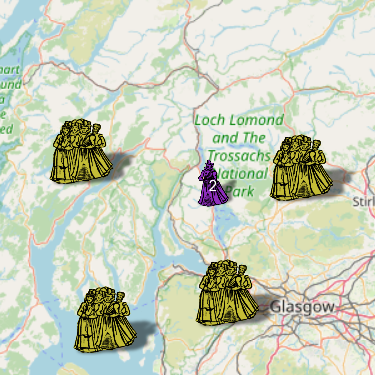
Review
Witches
Witches is well-conceived and equally well-presented project that takes our understanding of Scottish witchcraft one step further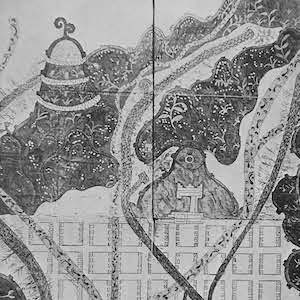
Source
Pueblo of Texupa
This is a copy of a relación geográfica.
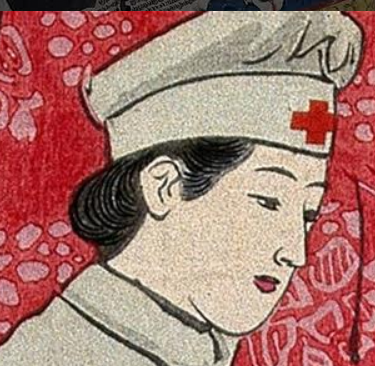
Review
History of Medicine and Medical Humanities
...the Portal team are doing an excellent job of making the site a one-stop resource for everyone interested in the medical humanities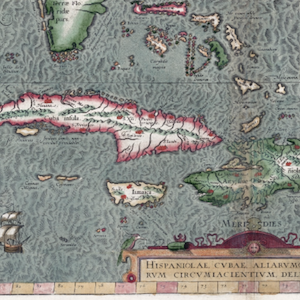
Review
Digital Library of the Caribbean
Educators, students, and scholars interested in understanding the strategic conflicts between European powers, the experience of Africans during the transatlantic slave trade, the emergence of the modern capitalist system, and the rise of neoliberalism would find in dLOC a wealth of content to draw
Review
Victoria and Albert Museum
The video series How Was it Made? demonstrates a variety of craft methods: Japanese hikihaku obi, medieval stained glass windows, and book printing and binding.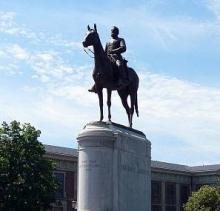
Teaching
Short Teaching Module: Controversial Historical Monuments
I use images of three historical statues that triggered controversy beginning in the 2010s to teach about the concept of contested historical memory and to have students consider parallels and differences among public history controversies in different parts of the world.

Source
Christopher Columbus monument removal, Buenos Aires, Argentina
The Monument to Christopher Columbus (1451?-1506), located in a plaza in front of the Casa Rosada government palace, was inaugurated in 1921.
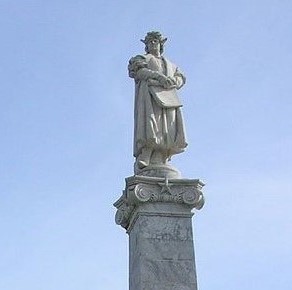
Source
Christopher Columbus monument, Buenos Aires, Argentina
The Monument to Christopher Columbus (1451?-1506), located in a plaza in front of the Casa Rosada government palace, was inaugurated in 1921.
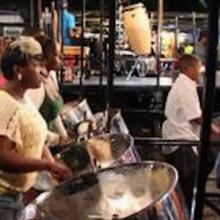
Methods
Analyzing Music
Everywhere you go, there it is.
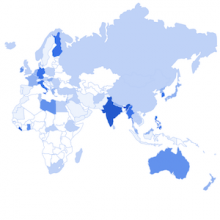
Methods
Primer: Comparative History
Comparison is used in many different ways in world history, both implicitly and explicitly.